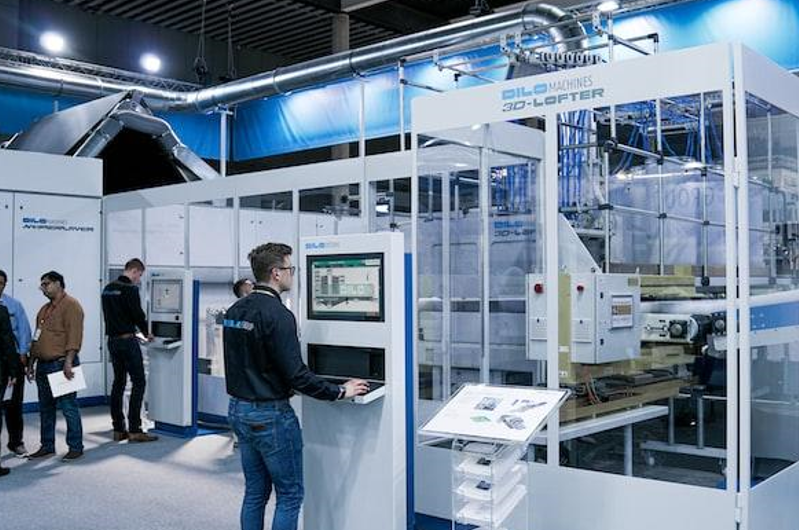Digital technology has revolutionized manufacturing, but the full potential of a digital factory has yet to be realized. The implementation of digital factories can connect all aspects of the manufacturing process, from design and engineering to production and delivery. This allows for a more efficient and flexible manufacturing process, as well as real-time data collection and analysis. The role of a digital factory is to provide a platform for a more efficient and effective manufacturing process. Keep reading to learn more about the role of a digital factory in the manufacturing process.

What is a digital factory?
When most people think of factories, they think of huge buildings filled with assembly lines, where products are manufactured by humans or robots. However, this is not the only type of factory. There is also a type of factory that is made up of computers and machines. This is called a digital factory.
Over the years, the definition of a digital factory has continued to evolve. Today, a digital factory is generally defined as a facility where products are designed and manufactured using computer-aided design (CAD) and computer-aided manufacturing (CAM) tools. In other words, a digital factory is a facility where products are designed and manufactured using machines controlled by software. The use of computers and machines that are controlled by software allows manufacturers to create products that are more accurate and efficient than ever before. In addition, the use of digital tools allows manufacturers to produce products in a variety of different shapes and sizes, which helps to reduce the amount of waste that is produced during the manufacturing process.
What is the role of a digital factory in the manufacturing process?

The use of digital technology allows for the rapid design and prototyping of products, as well as the efficient manufacturing of products using a variety of digital fabrication techniques.
A digital factory can improve your manufacturing process in a few ways. First, the days of needing a physical prototype to test a new design are gone, as a digital factory can help you speed up the design process by allowing you to test and prototype new designs quickly and easily. This can help you get your products to market faster.
Additionally, a digital factory can help you automate the production process. By automating the production process, you can speed up the manufacturing process and reduce the number of errors that occur. Additionally, a digital factory can help you to track your production process in real-time so you can identify and correct any problems.
Another advantage of a digital factory is that it can help you to reduce your manufacturing costs. By automating the production process, you can reduce the amount of labor that is required to produce your products. Additionally, a digital factory can help you to reduce your inventory costs. By tracking your production process in real-time, you can determine problems with inventory shortages or overstock. This can help you to reduce the amount of inventory that you need to maintain.
A digital factory can also help you improve your products’ quality. By using 3D printing technology, a digital factory can help you to create prototypes of your products so you can test them before you mass-produce them.
Further, a digital factory can help you track and analyze your production data, which can help you identify areas for improvement. This can help you create better products by providing more accurate feedback about how your products perform in the real world.
Overall, the role of a digital factory in the manufacturing process is very important. If your manufacturing business has not yet made the switch to digital, take this article as a sign that it’s time to consider it.
